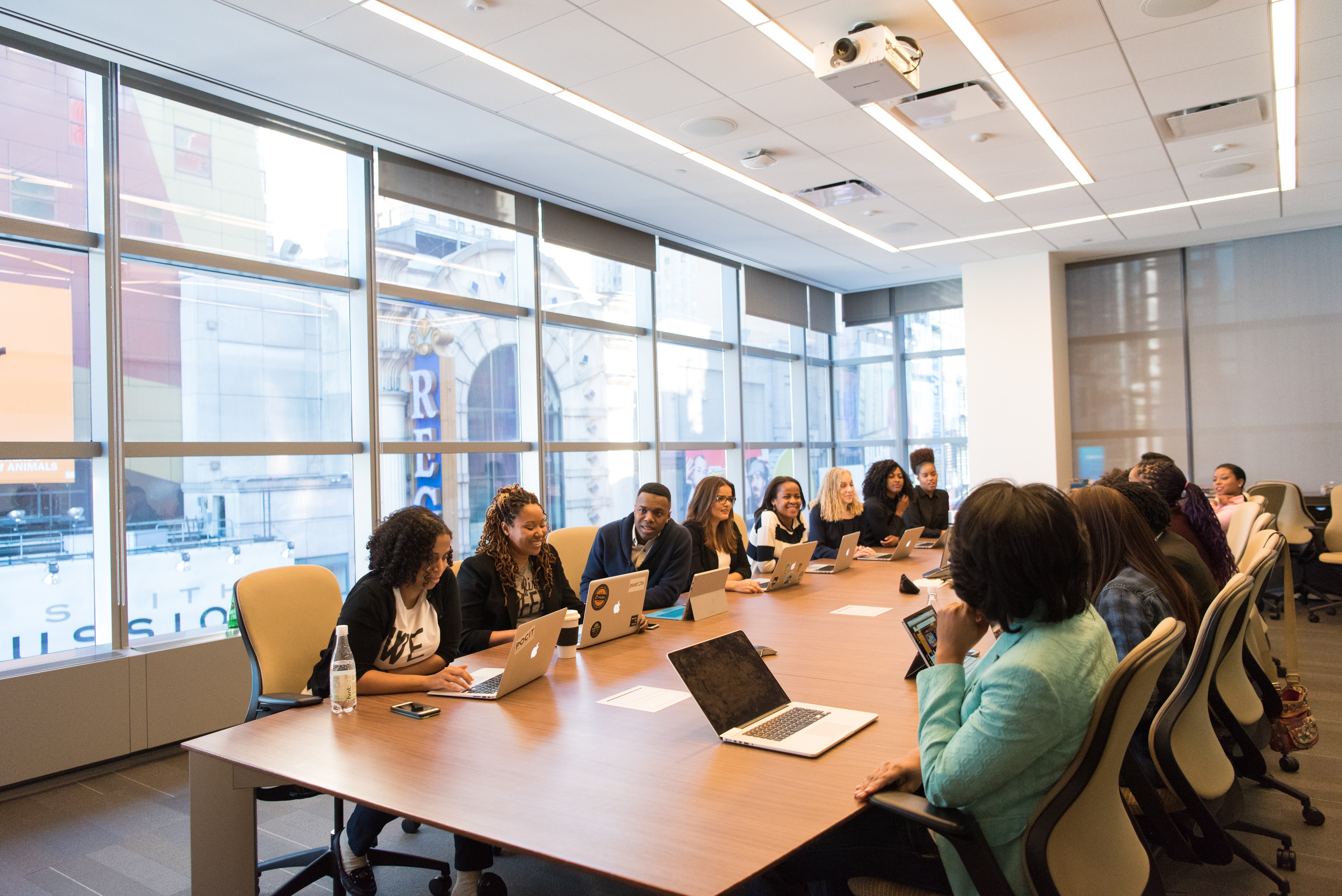By Shane Green
Diversity and embracing one another’s differences is already an important conversation and focus for many organizations, and it is only going to become more so in the coming years as Generation Z enters the workforce. This next generation will be the most diverse and inclusive generation of workers ever — completely comfortable and accepting of different viewpoints, orientations and backgrounds.
We are already seeing companies take steps towards being more inclusive and accepting of others, but it has to go well beyond the required annual training event. Companies must understand that they cannot train someone to be less biased. People are inherently biased as a result of cultural cues and messages received throughout their lifetime. These biases affect their interactions and decision-making. Diversity training programs are the “training de jour,” as a way to provide companies with a quick way to check the box on their diversity responsibilities. The reality is, the investments made in all training and programs to reduce bias in the workplace do not work because most people don’t see themselves as biased, and most organizations are not willing to do more. Let’s consider what else managers and companies can do.
Start at the top: The senior management team must take the lead in creating a collective mindset or culture that respects and embraces differences. Senior executives must stop excluding themselves from the diversity discussion (or training) by making diversity just about frontline employees. While bias from senior leadership may not be as blatant as the recent example from the founder of Papa John’s, all leaders must realize that their words and actions set the tone when it comes to culture. Senior managers can lead by example by being humble enough to admit that bias exists in everyone, including themselves. Once managers can identify and analyze their internal biases, then they can address them accordingly.
Enrich your hiring practices: Embracing differences is most easily shown in your hiring practices. Research confirms that a more diverse team leads to better results and, at the very least, better decision-making due to the variety of viewpoints being considered. Creating a more diverse workforce is a good thing. By recruiting from a variety of communities and socio-economic backgrounds, you open yourself up to a wider group of candidates and possibilities.
Today’s managers are more focused on technical skills and experience during the hiring process, than finding people who best fit their companies. Remember, you can teach most skills, but you cannot teach personality. Companies that do not adapt to attracting and selecting diverse employees will be at a significant disadvantage. In addition to casting a wider recruiting net, consider how your interview and selection process can evolve. Some ideas include using objective interview questions and scorecards, implementing a diverse panel of interviewers and including more minority applicants in your final pool of candidates.
Host meaningful conversations: Instead of offering the required annual training event on diversity, get employees involved in making diversity a regular conversation topic. If you are going to hold a diversity training event, rather than delivering a lecture, focus the event on how to be more open-minded and considerate of others. By bringing employees and managers from different backgrounds, orientations, and races together to talk and listen to one another, you create the best possible opportunity for shifting perspectives and opening up minds.
Celebrate differences: Managers can have an immediate impact by celebrating the differences of their team members. When managers respect and recognize the different talents, perspectives, and ideas that their employees showcase each day, then an inclusive work environment becomes a reality. All employees want to be seen at their best. When managers spend time with their employees, recognizing their strengths and abilities even beyond the work they do each day, it makes a difference. Celebrating one another’s differences is a significant step in creating a work environment that accepts and supports diversity.
Thanks for taking the time to read my latest thoughts on workplace culture. Don’t forget to pick up a copy of my book, “Culture Hacker,” to learn more about how you can reprogram your employee experience. Let’s talk at connect@shanegreen.com










